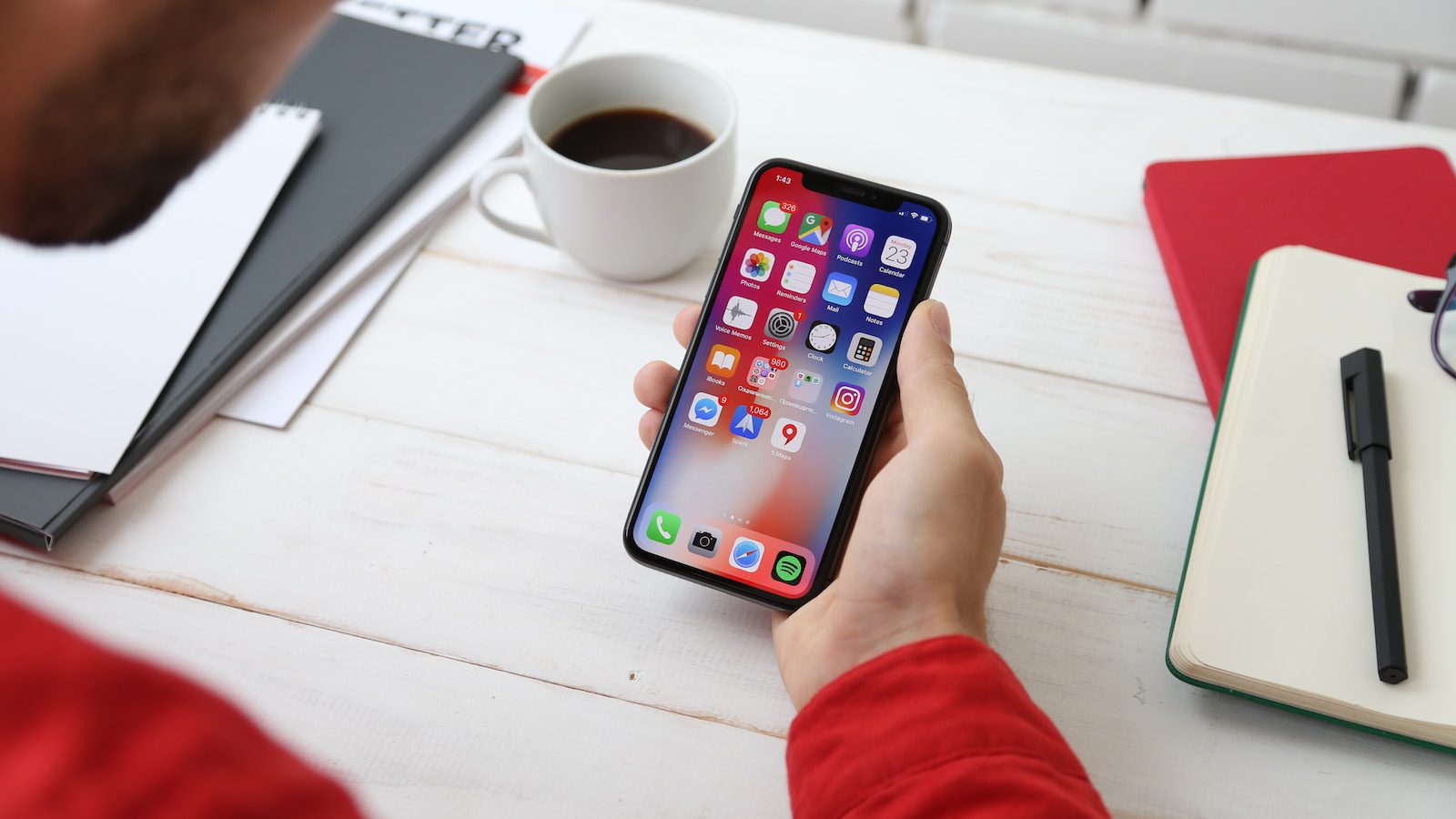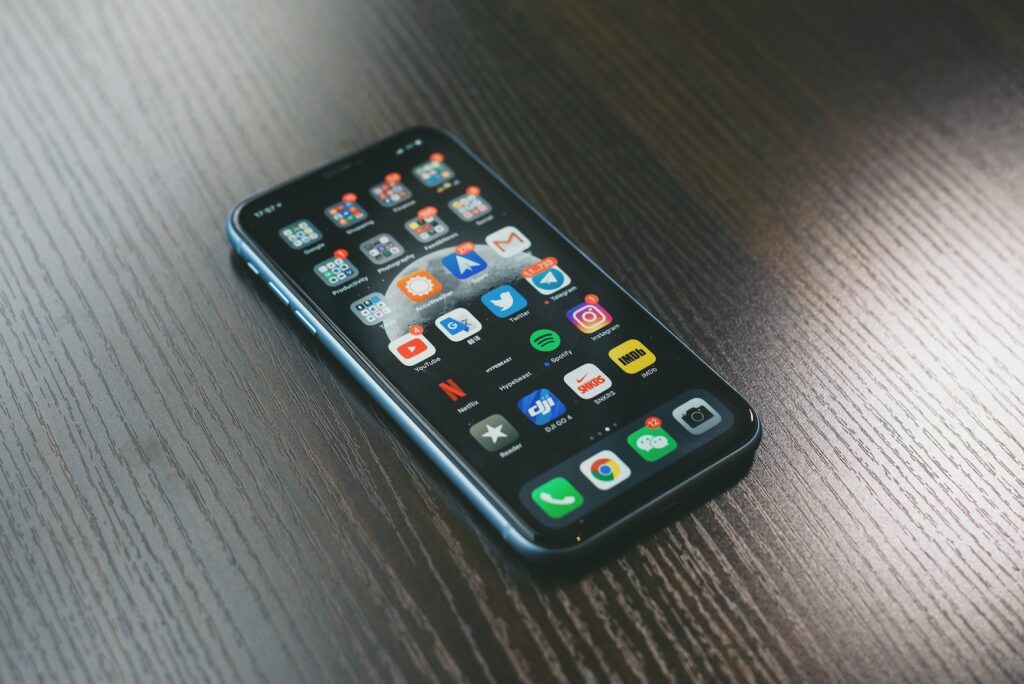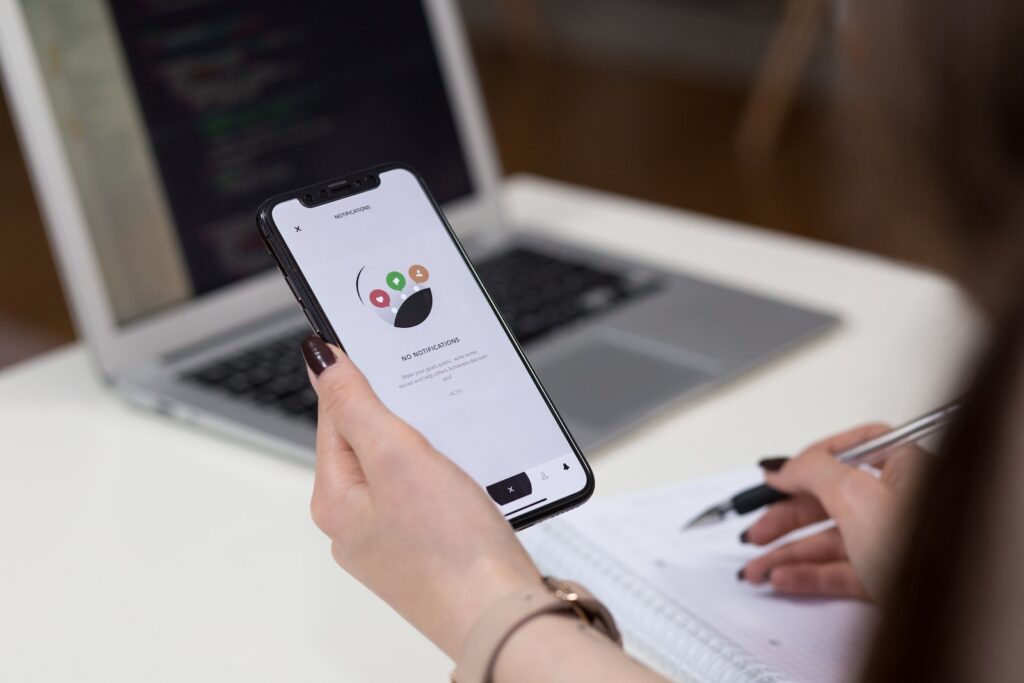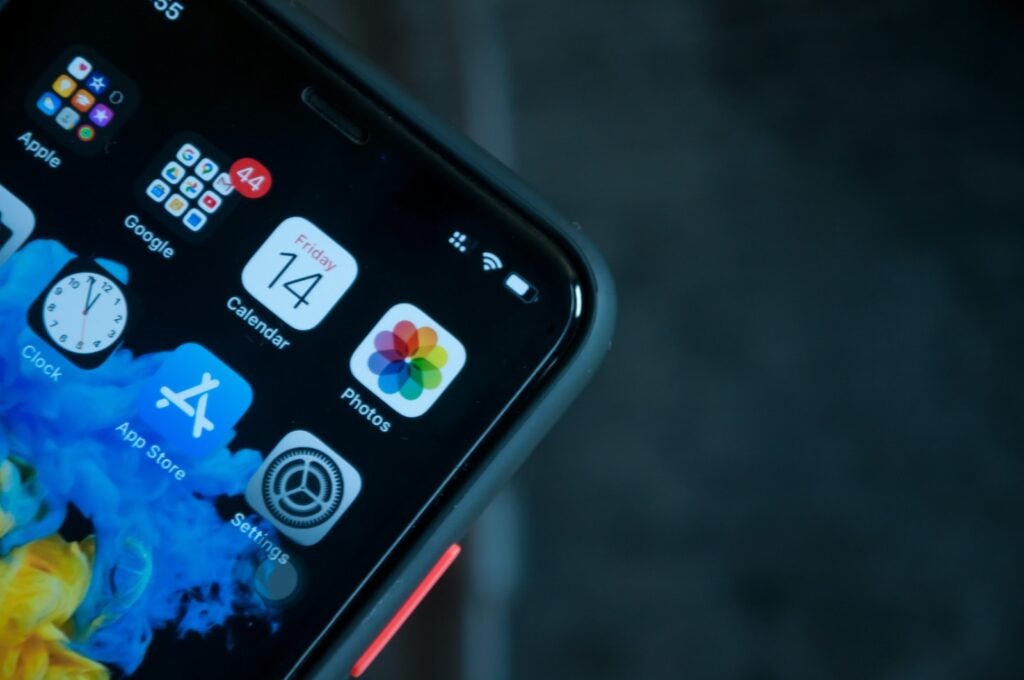In today’s digital age, a mobile app can make or break a brand. Research reveals that 90% of mobile users spend their time on apps instead of browsing the web. Consequently, the app market is getting highly competitive and there is no room for error in an iOS app. Therefore, iOS app testing is critical to the success of an app. In this article, you will learn the best pro tips for effective iOS app testing that will help you to ensure the smooth functioning of your app.
Why iOS App Testing is Critical to Your App’s Success
Testing an iOS app is essential for its success since it helps to identify any errors and bugs in the application. Poorly coded mobile apps lead to crashes, freezes, and other glitches that cause severe issues in user satisfaction. Apple has stringent guidelines that outline the user experience for iOS apps. Hence, it is vital to test every functionality of your app in varying scenarios that could possibly occur in real-life settings.
Moreover, iOS app testing also helps to ensure that your app is compatible with different iOS versions and devices. With the constant updates and new releases of iOS, it is crucial to test your app on different versions to ensure that it works seamlessly on all devices. This will help to prevent any negative reviews or feedback from users who may have encountered issues while using your app on their device.
Additionally, iOS app testing can also help to improve the overall performance of your app. By identifying and fixing any bugs or errors, you can enhance the speed and functionality of your app, providing a better user experience. This can lead to increased user engagement, retention, and ultimately, higher revenue for your business.
How to Create a Comprehensive iOS App Testing Plan
Creating a comprehensive iOS app testing plan ensures that your app is free from any potential bugs and is functioning correctly. The first step in creating an iOS app testing plan is to define what you want to test. Then, you will need to create test scenarios that cover both positive and negative test cases. Additionally, it is crucial to select the right tools and techniques for testing your mobile app. Finally, conduct testing in different user environments and collect data after completing each test to enhance the app’s performance.
Another important aspect of creating a comprehensive iOS app testing plan is to involve a diverse group of testers. This can include individuals with different levels of technical expertise, as well as individuals who represent your target audience. By involving a diverse group of testers, you can gain valuable insights into how your app performs in different scenarios and identify any potential issues that may arise.
It is also important to consider the security of your app during the testing process. This includes testing for vulnerabilities such as data breaches or unauthorized access. By conducting thorough security testing, you can ensure that your app is secure and protect your users’ sensitive information.
Common iOS App Testing Challenges and How to Overcome Them
Most iOS app testing challenges relate to functionality, performance, and compatibility. Functionality testing is the process of testing every feature of your app, which can be challenging due to the huge number of variables that can affect the overall user interaction. Performance testing, on the other hand, tests the app’s speed and response time. It is important to test the mobile app in different scenarios to identify performance issues. Compatibility testing helps to ensure that the app is compatible with different devices and operating systems. Feasibly, emulators can be used to test the app compatibility before launching it.
Another common challenge in iOS app testing is security testing. Security testing is crucial to ensure that the app is secure and protected from potential threats. It involves testing the app’s vulnerability to hacking, data breaches, and other security risks. It is important to conduct security testing throughout the development process to identify and fix any security issues before launching the app.
User experience testing is also an important aspect of iOS app testing. User experience testing involves testing the app’s usability, accessibility, and overall user experience. It is important to test the app with real users to get feedback on the app’s design, navigation, and functionality. This feedback can be used to improve the app’s user experience and make it more user-friendly.
The Role of Automation in iOS App Testing
The role of automation in iOS app testing is vital for reducing testing time and maximizing efficiency. It provides immediate feedback, is cost-effective, allows for easy regression testing, and provides a high degree of repeatability for tests with specific test conditions. Test automation can be achieved using tools and frameworks that automate test cases, such as Appium, Calabash, and Espresso.
One of the key benefits of automation in iOS app testing is that it allows for testing to be performed on a large scale. This is particularly important for apps that have a wide range of features and functionalities, as it can be difficult to manually test all of these aspects. Automation can help to ensure that all areas of the app are thoroughly tested, reducing the risk of bugs and errors.
Another advantage of automation in iOS app testing is that it can help to improve the overall quality of the app. By automating tests, developers can identify and fix issues more quickly, reducing the likelihood of bugs and errors making it into the final release. This can help to improve user satisfaction and reduce the number of negative reviews and ratings that an app receives.
Best Practices for Manual iOS App Testing
Manual testing is essential for confirming that every functionality of your app is working correctly. Best practices for manual testing include preparing test cases before testing, following a test script or outline, and testing in a real-time environment. Moreover, use the latest version of the app when testing, pay close attention to error messages, test using different languages and configurations, and identify the key areas of the app where the users may face more challenge. Doing this ensures quality testing.
It is also important to involve a diverse group of testers in the manual testing process. This includes testers with different backgrounds, experiences, and abilities. By doing so, you can ensure that your app is accessible and usable for a wider range of users. Additionally, it is recommended to conduct usability testing to gather feedback from real users and make necessary improvements to the app. By following these best practices, you can ensure that your app is thoroughly tested and ready for release.
Using TestFlight for Beta Testing Your iOS App
TestFlight is a valuable tool for developers intending to launch a beta test. It provides users with the opportunity to experience the app before launching it. TestFlight helps in testing beta versions of your iOS app, inviting external beta testers, and is highly compatible with both iOS and MacOS. It is important to provide beta testers with clear instructions and feedback channels to receive insightful feedback. Beta testers help ensure that the app meets the expectations of the targeted audience to improve its effectiveness.
One of the benefits of using TestFlight is that it allows developers to manage the beta testing process efficiently. Developers can easily add or remove testers, send out new builds, and monitor feedback from testers. This helps developers to identify and fix issues quickly, ensuring that the final version of the app is of high quality.
Another advantage of using TestFlight is that it provides developers with detailed analytics on how testers are using the app. This information can be used to identify areas of the app that need improvement, as well as to understand how users are interacting with the app. This can help developers to make informed decisions about how to improve the app and make it more user-friendly.
Performance Testing Your iOS App: What You Need to Know
Performance testing is essential for app developers. It aims to identify app performance issues like resource utilization, slow response time, and app crashes. The goal of performance testing is to improve the app’s functionality and overall performance. It is essential to test the app under varying conditions to simulate real-life usage accurately. Load testing, stress testing, and endurance testing are some of the ways to test your ios app’s performance effectively.
One critical aspect of performance testing is to ensure that the app’s performance is consistent across different devices and operating systems. This is because different devices and operating systems have varying hardware and software configurations that can affect the app’s performance. Therefore, it is crucial to test the app on different devices and operating systems to ensure that it performs optimally across all platforms. Additionally, it is essential to conduct performance testing regularly, especially after making significant changes to the app’s code or design, to ensure that the app’s performance remains consistent and reliable.
Security Testing Your iOS App: Tips and Techniques
Security testing is crucial in building credible apps. iOS app security testing identifies potential vulnerabilities, threats, and risks that may affect an app. It is essential to ensure the app protects user data and prevents unauthorized access. Security testing helps improve the app’s credibility and builds trust among users by providing secure access to your app. Security testing tools like ZED Attack Proxy (ZAP) and Burp Suite can help you identify potential security threats in your app.
One important aspect of security testing is penetration testing, which involves simulating an attack on your app to identify potential vulnerabilities. This type of testing can help you understand how an attacker might exploit weaknesses in your app’s security and allow you to take steps to prevent such attacks.
Another important consideration in security testing is compliance with industry standards and regulations. Depending on the type of app you are building, you may need to comply with regulations such as HIPAA or GDPR. Ensuring that your app meets these standards can help protect user data and prevent legal issues down the line.
Usability Testing Your iOS App: A Step-by-Step Guide
Usability testing is essential to test your iOS app for user-friendliness. It ensures that your app is usable, efficient, and provides an excellent user experience. Usability testing helps identify problems related to the user interface, user experience, and navigation. It is crucial to conduct usability testing throughout the development process and progress iteratively. A variety of usability testing techniques are used, such as remote usability testing, moderated usability testing, and unmoderated usability testing.
One of the most important aspects of usability testing is to recruit participants who represent your target audience. This ensures that you receive feedback from people who are likely to use your app in real-life situations. It is also important to create realistic scenarios for participants to complete during the testing process. This helps to simulate real-life situations and allows you to observe how users interact with your app.
Usability testing can also help you identify areas for improvement in your app. By observing how users interact with your app, you can identify pain points and areas where users may become frustrated. This feedback can then be used to make improvements to your app, which can lead to increased user satisfaction and retention.
How to Interpret and Act on Your iOS App Test Results
Interpreting accurate results is important for improving the app’s functionality. Analyzing and interpreting results helps you identify patterns and data trends, which can ultimately contribute to the app’s success. It is important to keep a record of the test cases and data to interpret the app testing results. After interpreting the results, you should act on them to fix the issues discovered during testing. Continual testing and optimizing your ios mobile app help improve the app’s performance based on user feedback.
One important aspect of interpreting and acting on your iOS app test results is to prioritize the issues that need to be addressed. Not all issues discovered during testing may be critical to the app’s functionality or user experience. It is important to prioritize the issues based on their impact on the app’s performance and user experience. This will help you focus on fixing the most critical issues first and then move on to the less critical ones. Prioritizing the issues will also help you allocate your resources effectively and efficiently.
Choosing the Right Tools and Technologies for Effective iOS App Testing
Choosing the right tools and technologies for iOS app testing is essential to enhance the testing process. Different types of testing require specific tools and technologies to test every feature of your app. Some of the well-known tools that support iOS app testing include Appium, Testflight, Xcode, and Perfecto.
It is important to consider the specific needs of your app when selecting testing tools and technologies. For example, if your app relies heavily on user interactions, you may want to consider using a tool like Appium that allows for automated testing of user actions. Additionally, if your app requires testing on multiple devices and platforms, a cloud-based testing platform like Perfecto may be the best option. Ultimately, the key is to choose tools and technologies that will allow for comprehensive testing and ensure the highest quality user experience for your app.
The Importance of Continuous Integration in iOS app testing
Continuous integration is a powerful technique for iOS app development that ensures that there are no bugs in the code. It aims to improve the development process by testing the app as well as merging new changes or features. Continuous integration helps improve the app’s quality, reduce the risk of bugs and errors, improve collaboration among team members, and speed up the testing process.
One of the key benefits of continuous integration is that it allows developers to catch bugs early in the development process. By running automated tests on the code every time a change is made, developers can quickly identify and fix any issues before they become more difficult and time-consuming to resolve. This not only saves time and resources, but also ensures that the app is of high quality and meets the expectations of users.
Another advantage of continuous integration is that it promotes collaboration among team members. By integrating code changes frequently, developers can work together more effectively and avoid conflicts that can arise when multiple people are working on the same codebase. This leads to a more efficient and streamlined development process, which ultimately results in a better app.
The Future of Mobile app testing for IOS devices
The future of mobile app testing for iOS devices is going to be increasingly automated, cloud-based, and integrated with machine learning. The use of AI and automation will help create accurate test cases, allowing app level testing to be performed much quicker. In addition, mobile applications will be further developed with new technologies like augmented reality, virtual reality, and artificial intelligence; this will demand a higher level of testing.
Moreover, the future of mobile app testing for iOS devices will also involve the integration of more advanced security testing measures. With the increasing number of cyber threats and data breaches, mobile app developers will need to ensure that their applications are secure and protected from potential attacks. This will require the implementation of more sophisticated security testing tools and techniques, such as penetration testing and vulnerability scanning, to identify and address any potential security vulnerabilities.
Conclusion: Key Takeaways for Successful IOS app testing
Testing is a necessary part of the software development life cycle. Appropriate testing of mobile app testing ensures the smooth functioning of the application as well as user satisfaction. In this article, we have discussed the importance of iOS app testing, tips and techniques of creating a comprehensive testing plan. We have also highlighted the mandatory testing types that need to be performed and the tools and technologies to enhance the testing process. Remember to always prioritize your user-base and deliver an excellent user experience.
It is important to note that testing should not be a one-time event. Regular testing and updates are necessary to ensure that the app remains functional and relevant. Additionally, involving real users in the testing process can provide valuable feedback and insights into the user experience. By continuously testing and improving the app, you can ensure that it remains competitive in the ever-changing mobile app market.





